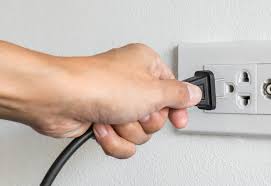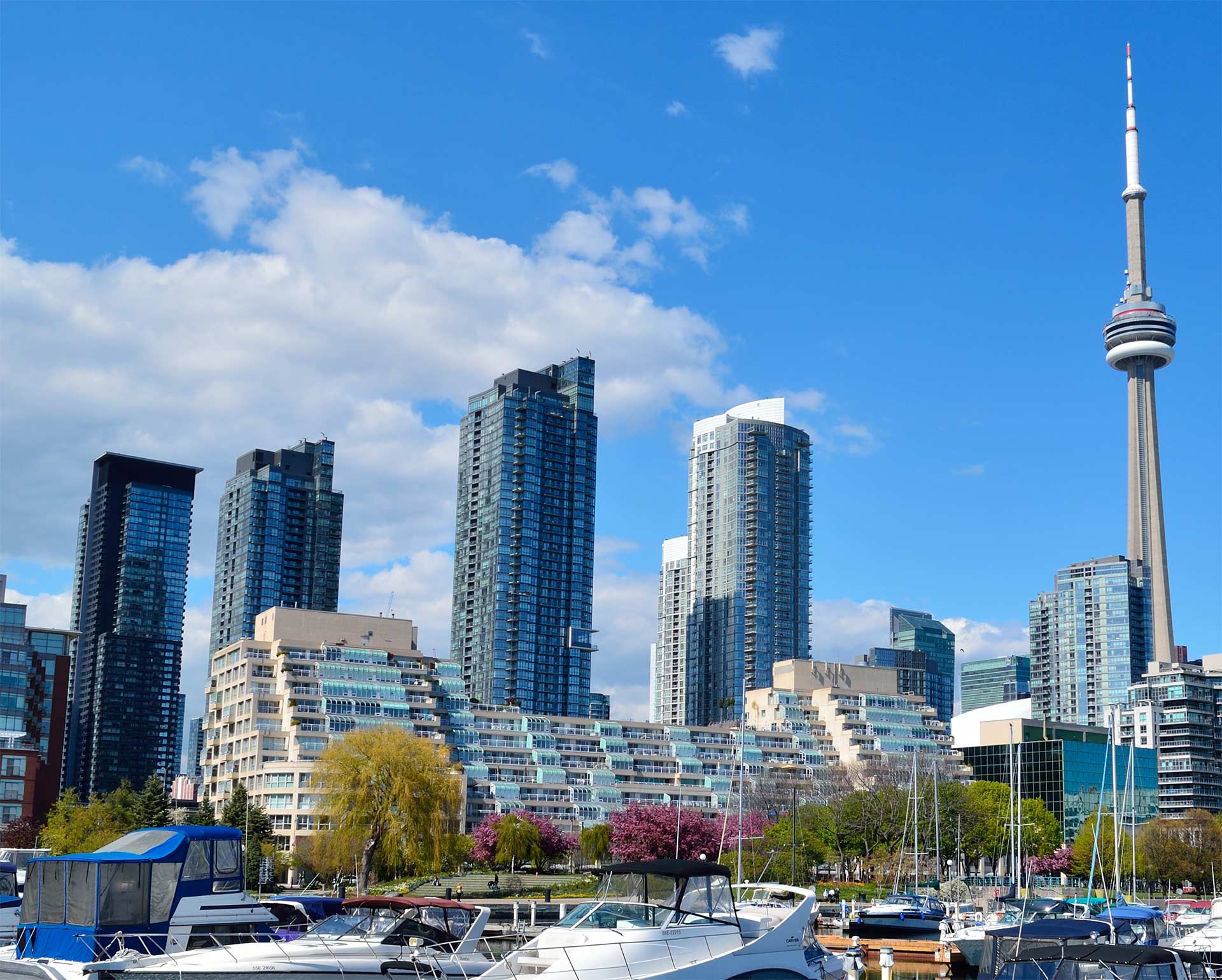 July 2025
July 2025
Going electric is the best way to eliminate the use of carbon-emitting fossil fuels like oil, gas and coal for power. It is a necessary step to reducing the damage we cause to the environment.
Large buildings are among the world’s biggest users and emitters of carbon. Achieving the necessary reductions of carbon is not possible without changes in residential buildings.
Some changes are behavioural. Others require a financial investment. All help to reduce our carbon footprint while creating a cleaner, healthier, safer and more appealing environment for residents while generating financial savings.
Unplug First
Unplug appliances when not in use. Estimates are that five to ten percent of a typical household’s energy bill is from electrical appliances consuming energy when on stand-by or powered off. Unplugging them when not in use can save hundreds of dollars annually while reducing your building’s energy emissions.
Fewer plugged-in and powered-on devices in a home helps to lower the indoor temperature which decreases the need for air conditioning on warmer days, further reducing energy use and expenditures.
LEDs
LEDs – Light Emitting Diodes – have improved considerably in quality and illumination since becoming available about 20 years ago. They are about 75 percent more energy efficient than incandescent bulbs and emit ten percent of the heat of fluorescent lamps. They last longer while reducing costs and carbon emissions to offer a better lighting solution.
For common spaces that must be lit continuously, LEDs last longer while requiring less time and manpower to change bulbs which creates further savings.
Smart Technology
Technology makes it easy to track energy usage. Understanding where and how energy is used helps to know where waste is occurring and can be reduced. HVAC and water systems can be tweaked to operate more efficiently, lower utility bills and improve comfort levels for residents.
Building Management Systems are a centralized and automatic way to manage systems in buildings including lighting, HVAC and water. They monitor these various systems and can make automatic adjustments that help improve operations and reduce costs.
Stormwater Control
Thus far, Toronto has not seen the increase in precipitation experienced elsewhere. This may not last so controlling stormwater flows should be considered.
Collecting or rerouting rainwater so that it acts as rooftop insulation or is used to support growing edible plants and vegetables turns a flooding risk to a practical solution. Rain gardens, bioswales, and permeable pavers are natural methods of reducing the influx of storm water into catch basins and sewer systems. The water gets put to good use rather than running off. There are energy savings and reductions in water bills.
 These are some relatively easy ways to reduce your building’s carbon footprint while saving money.
These are some relatively easy ways to reduce your building’s carbon footprint while saving money.
Find Vendors in these Related Categories
- Building Sciences
- Contractors - Electrical
- Contractors - General
- Contractors - Mechanical
- Door & Lock Services
- Energy Services
- Energy Services - Efficiency
- Energy Services - Electricity
- Energy Services - Gas
- Energy Services - Water
- Engineering Services
- Environmental Consulting
- HVAC
- Lighting Services & Suppliers
- Paving, Concrete and Epoxy Coatings
- Plumbing Services
- Pressure Washing
- Roofing
- Roofing - Green
- Water Proofing & Systems








